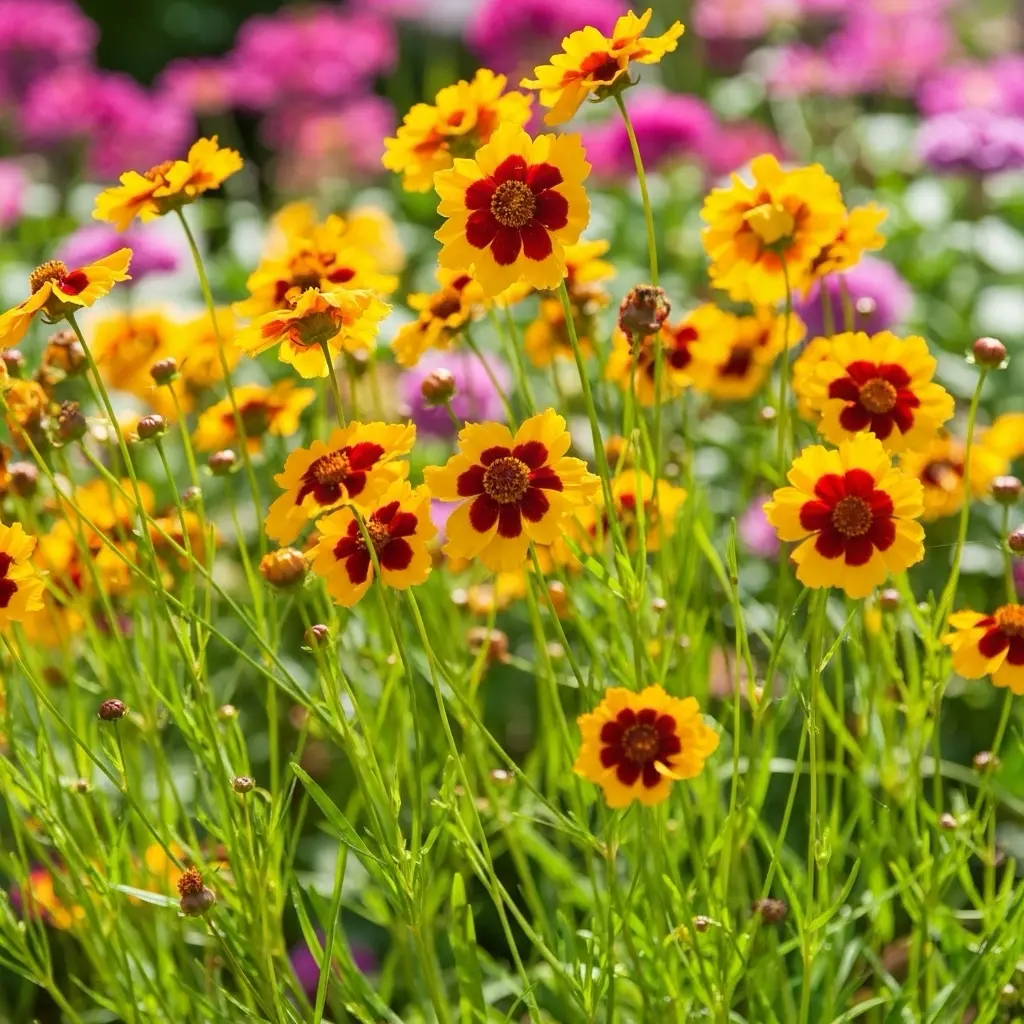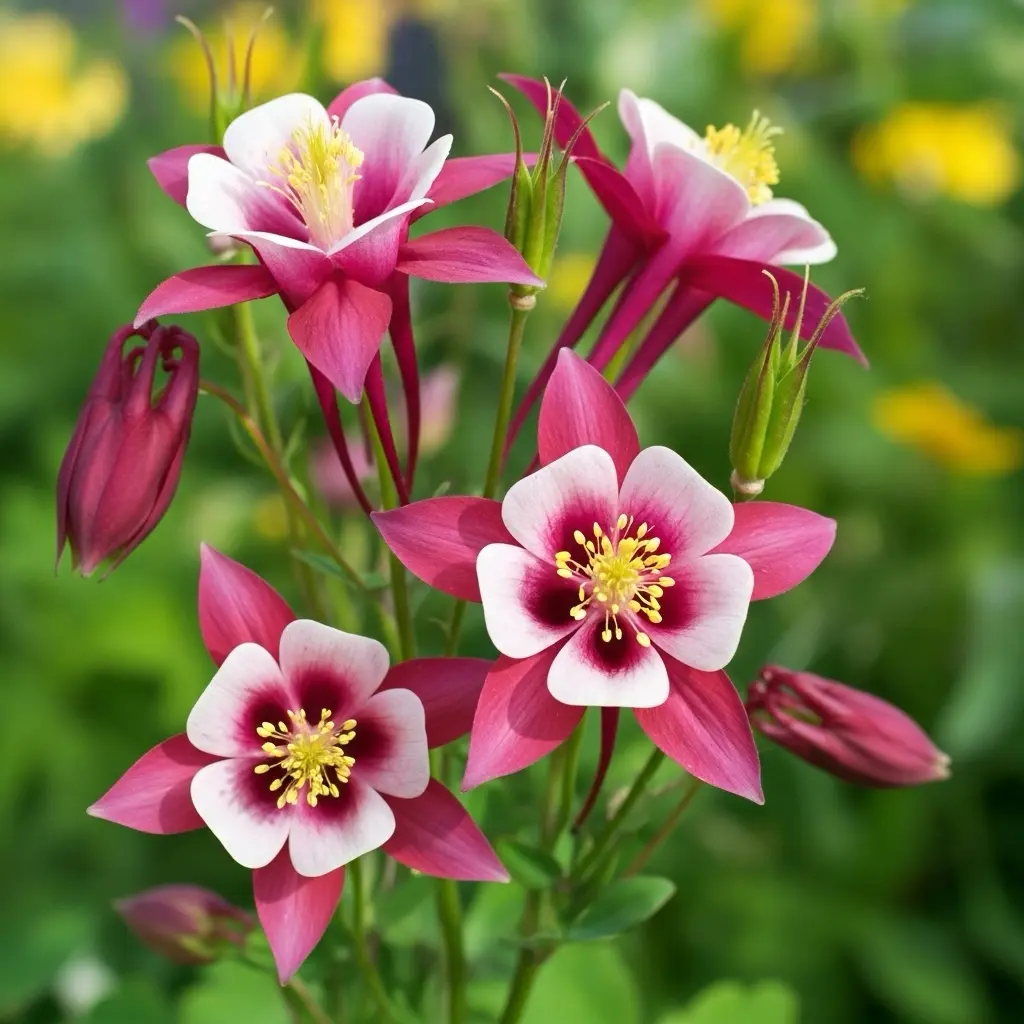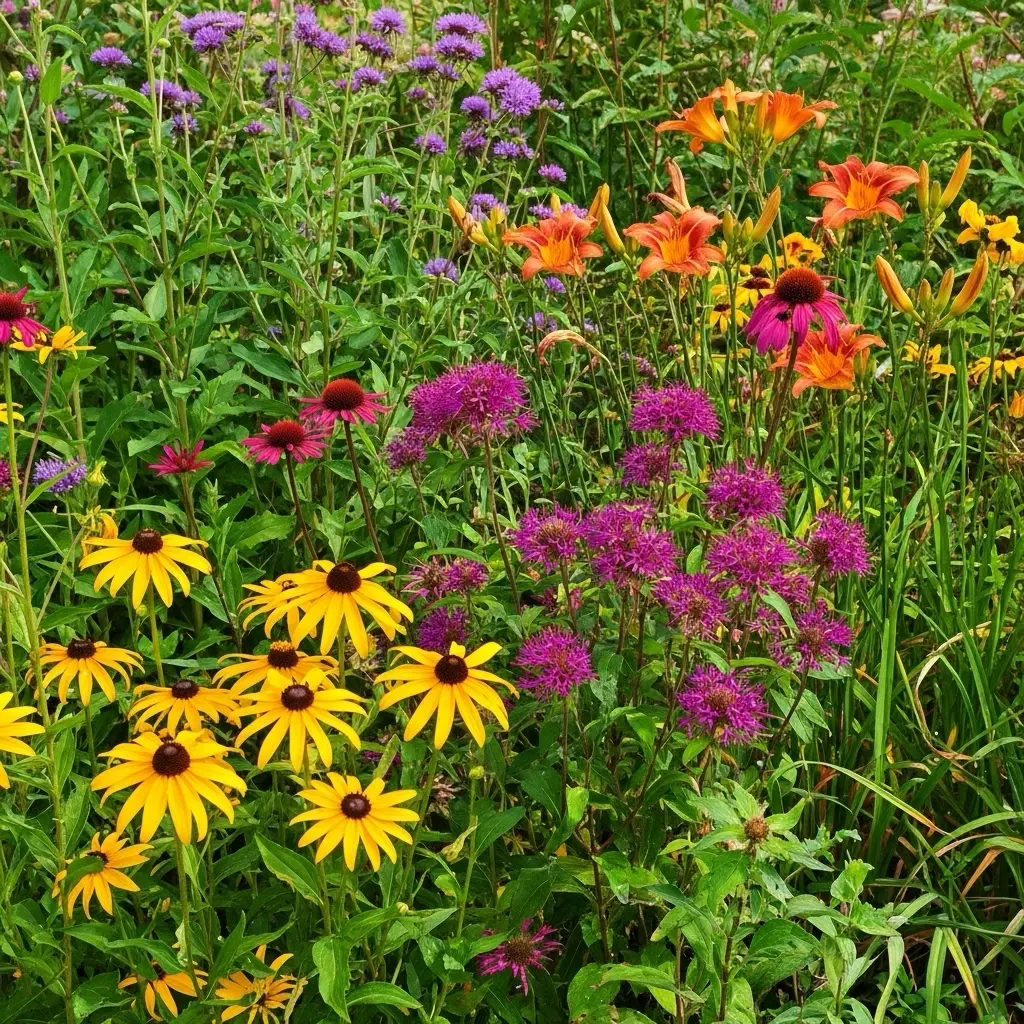Native perennials represent one of the most rewarding approaches to sustainable landscaping, offering unmatched benefits for both gardeners and local ecosystems. These indigenous plants have evolved over thousands of years to thrive in specific regional conditions, making them naturally adapted to local climate, soil, and weather patterns. By incorporating native plants into your landscape design, you create pollinator-friendly landscaping that supports local wildlife while requiring minimal maintenance and resources.
Table of Contents
The Power of Native Plant Landscaping
The beauty of native plant gardening extends far beyond simple environmental benefits. These plants offer incredible diversity in form, color, and seasonal interest, providing design opportunities that rival any exotic species. From spring wildflower displays to fall seed head interest, native perennials create dynamic landscapes that change and evolve throughout the growing season.

Understanding how to select and combine native plants for four-season appeal transforms ordinary gardens into vibrant ecosystems that support birds, butterflies, and beneficial insects while providing stunning visual displays year-round. This approach to landscaping creates deeper connections between gardeners and their local environment.
Benefits of Native Plants for Sustainable Landscaping
Native plants offer unparalleled advantages for creating sustainable, low-maintenance landscapes. Their natural adaptation to local conditions means they typically require no supplemental watering once established, reducing irrigation needs significantly. This water efficiency becomes increasingly important as water conservation becomes a priority for homeowners and communities.
The deep root systems of many native perennials improve soil structure and prevent erosion more effectively than shallow-rooted exotic plants. These extensive root networks also help plants access nutrients and water from deeper soil layers, contributing to their exceptional drought tolerance and resilience.
Native plants support local wildlife populations in ways that exotic species cannot match. They provide specific food sources for native insects, which in turn support bird populations and other wildlife. This creates functional ecosystems within residential landscapes, contributing to biodiversity conservation at the local level.

Pest and disease resistance represents another significant advantage of native plants. Having evolved alongside local pest populations, native species often possess natural defenses that reduce the need for chemical interventions. This resistance contributes to healthier garden ecosystems and reduced maintenance requirements.
Year-Round Appeal: Understanding Seasonal Succession
Native plants excel at providing seasonal succession, with different species taking center stage throughout the growing season. This natural progression ensures continuous interest and support for wildlife populations with varying seasonal needs. Understanding these patterns helps gardeners plan landscapes that provide year-round beauty and function.
Spring brings early-blooming native perennials that provide crucial nectar sources for emerging pollinators. These early flowers often appear before exotic species begin blooming, filling an important ecological niche while providing welcome color after winter dormancy.
Summer showcases the full diversity of native plant communities, with peak blooming periods for many species. This is when pollinator-friendly landscaping truly shines, as native flowers support the highest diversity of beneficial insects and provide abundant nectar sources.
Fall extends the growing season with late-blooming native perennials and spectacular seed head displays. Many native plants produce attractive seed structures that provide food for birds and visual interest throughout winter months.
Winter reveals the architectural beauty of native plant communities, as seed heads, dried grasses, and persistent foliage create textural interest against snow and bare soil. This season demonstrates why native plants are excellent choices for plants that provide all-season appeal.
Top Native Plants for Four-Season Landscaping
Purple Coneflower (Echinacea purpurea) stands as one of the most valuable native perennials for four-season gardens. This prairie native produces large, daisy-like flowers with prominent orange centers from midsummer through fall. The flowers attract numerous butterfly species and beneficial insects, while the seed heads provide winter food for goldfinches and other birds. Purple coneflower’s sturdy stems and attractive seed heads create winter interest long after flowering ends. The plant tolerates drought, poor soil, and extreme temperatures while requiring minimal maintenance.
Bee Balm (Monarda didyma) offers spectacular summer color and exceptional wildlife value in native plant gardens. This aromatic perennial produces clusters of tubular flowers in shades of red, pink, purple, or white that attract hummingbirds, butterflies, and native bees. The square stems and opposite leaves identify it as a member of the mint family, and the entire plant releases a pleasant fragrance when brushed. Bee balm spreads gradually to form colonies, making it excellent for naturalizing in meadow gardens or woodland edges.
Black-Eyed Susan (Rudbeckia species) provides reliable late-summer and fall color in native plant landscapes. These cheerful perennials produce bright yellow flowers with dark centers that bloom from late summer through frost. The flowers attract numerous pollinators, while the seed heads provide winter food for birds. Different Rudbeckia species offer varying heights and bloom times, allowing gardeners to extend the flowering season. Black-eyed Susans tolerate drought and poor soil while spreading slowly to form attractive colonies.
Fothergilla (Fothergilla species) adds shrub structure and exceptional fall color to native plant gardens. This understory shrub produces fragrant white bottlebrush flowers in early spring before leaves emerge, followed by attractive foliage that turns brilliant orange, red, and yellow in fall. The plant’s rounded habit and medium size make it excellent for foundation plantings or mixed borders. Fothergilla prefers acidic soil and partial shade, making it ideal for woodland gardens.
Wild Bergamot (Monarda fistulosa) extends the bee balm family’s contributions to native plant gardens. This prairie species produces clusters of lavender-pink flowers that attract butterflies and native bees. The plant’s aromatic foliage releases a pleasant minty fragrance and was traditionally used for medicinal purposes by Native Americans. Wild bergamot tolerates drought and poor soil better than its woodland relative, making it excellent for prairie-style gardens.

Creating Habitat-Friendly Garden Beds
Designing native plant gardens for maximum wildlife benefit requires understanding the specific habitat needs of local wildlife populations. Grouping plants that bloom at different times ensures continuous nectar sources throughout the growing season. This approach supports diverse pollinator populations and creates more stable ecosystems.
Incorporating plants of different heights and growth habits creates vertical habitat diversity that supports various wildlife species. Tall prairie grasses provide nesting sites for birds, while low-growing wildflowers offer ground-level nectar sources for small pollinators.
Leaving some areas of native plant gardens undisturbed provides overwintering habitat for beneficial insects. Many native bees and butterflies overwinter in plant stems or leaf litter, so avoiding excessive fall cleanup preserves these important wildlife resources.
Including native plants that produce seeds, berries, or other food sources extends the garden’s wildlife value beyond the flowering season. This approach creates truly functional ecosystems that support wildlife year-round rather than just during peak blooming periods.
Mulching, Pruning, and Native Plant Care
Native plant care differs significantly from traditional perennial gardening approaches. These plants typically require less intervention and often perform better with minimal fertilization and supplemental watering. Understanding their natural growing patterns helps gardeners provide appropriate care without over-managing.
Mulching around native plants should mimic natural conditions. Organic mulches like shredded leaves or wood chips work well for woodland natives, while prairie species may prefer minimal mulching or gravel mulches that don’t retain excessive moisture.
Pruning native plants follows natural growth patterns rather than formal gardening standards. Many native perennials benefit from being left standing through winter, as their seed heads provide wildlife food and their stems offer overwintering habitat for beneficial insects.
Deadheading native plants requires balancing aesthetic preferences with ecological benefits. While removing spent flowers can encourage continued blooming, leaving seed heads provides important wildlife food sources and allows plants to self-seed naturally.
Seasonal Care Calendar for Native Plant Gardens
Spring care focuses on removing only the most damaged winter growth while leaving beneficial plant material intact. This is the ideal time for dividing overcrowded perennials and planting new native additions. Early spring also provides opportunities to observe emerging wildlife activity in native plant gardens.
Summer maintenance emphasizes monitoring plant establishment and providing supplemental water only during extreme drought conditions. Most native plants require no summer fertilization and may actually be harmed by excessive nutrients.
Fall management involves selectively cutting back plants while leaving winter-interesting species intact. This is also the time to collect seeds from native plants for propagation or sharing with other gardeners.
Winter care is minimal for native plant gardens, but observation during dormant periods helps gardeners understand plant structure and plan for spring improvements. Winter also provides opportunities to observe wildlife using native plant gardens for food and shelter.
Propagation and Sharing Native Plants
Many native plants are easily propagated from seed, allowing gardeners to expand their plantings economically while sharing with neighbors and friends. Collecting seeds from native plants helps preserve local genetic diversity and creates plants perfectly adapted to specific site conditions.
Division of established native perennials provides another propagation method that maintains desirable plant characteristics. Many native plants benefit from periodic division, which rejuvenates older clumps while providing new plants for expansion.
Participating in native plant society seed exchanges and plant sales helps gardeners access unusual species while supporting conservation efforts. These organizations often provide valuable information about specific native plants and their cultivation requirements.
Conclusion: Building Sustainable Native Plant Communities
Native plant landscaping represents a powerful approach to creating beautiful, functional, and sustainable gardens that support local ecosystems while providing exceptional aesthetic value. These plants offer unique opportunities to create landscapes that are both environmentally responsible and visually stunning.
The key to successful native plant gardening lies in understanding the natural communities these plants form and working with their inherent characteristics rather than against them. By embracing native plants and their seasonal patterns, gardeners create landscapes that are both beautiful and ecologically valuable, supporting wildlife while requiring minimal maintenance and resources.

